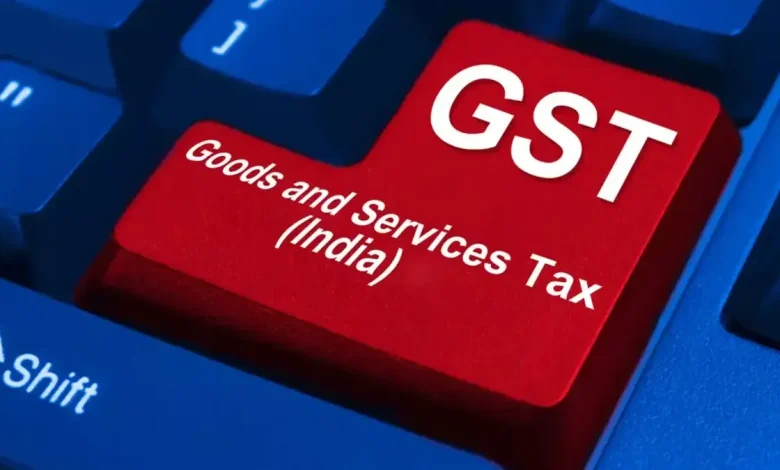
New Delhi: India is preparing for a significant transformation of its Goods and Services Tax structure that could deliver substantial price cuts across a wide range of consumer products, from smartphones to automobiles. The comprehensive reform, which Prime Minister Narendra Modi referenced as a “next-generation” initiative during his recent Independence Day address, aims to streamline the current tax framework by consolidating multiple tax slabs.
According to sources who spoke with Media, the restructured GST system would primarily operate on two main tax brackets 5% and 18% effectively eliminating the existing 12% and 28% categories that currently apply to numerous goods. This consolidation represents a major shift in India’s indirect taxation approach since GST’s implementation.
Also read: Govt Dismisses Reports of GST on UPI Transactions Over ₹2,000 as ‘False and Misleading’
The proposed changes would see approximately 90% of products currently facing the highest 28% GST rate moved down to the 18% bracket. Similarly, a substantial portion of goods presently taxed at 12% would be reclassified under the reduced 5% category, which the government has designated for everyday consumer items.
What Products Could See Price Reductions?
The 5% category is expected to encompass essential daily-use products, though the complete list remains undisclosed. Media sources indicated in July that this could include diverse items ranging from personal care products like toothpaste to household necessities such as umbrellas and compact appliances including sewing machines, pressure cookers, and smaller washing machines.
Consumer electronics would also benefit significantly, with mobile phones and computers increasingly vital in today’s digital landscape potentially moving to the lower tax bracket. Other items that might see reduced taxation include hair oil, processed food products, and educational supplies like geometry boxes and notebooks for students.
Clothing items priced above Rs 1,000, footwear in the Rs 500-1,000 range, bicycles, vaccines, ceramic tiles, and farming equipment could also join the reduced-tax category.
Technology and Appliances Under 18% Bracket
Larger consumer durables including televisions, air conditioning units, refrigerators, full-sized washing machines, and carbonated beverages are anticipated to fall under the new 18% tax structure. Construction materials such as ready-mixed concrete and cement would likely follow suit.
Significant Savings Expected for Vehicle Buyers
Perhaps the most substantial impact would be felt in the automotive sector. Currently, passenger cars face a 28% GST plus an additional compensation cess reaching up to 22%, determined by engine size, vehicle length, and design type. Electric vehicles enjoy preferential treatment with just 5% GST and no additional cess.
Motorcycles and scooters presently carry a 28% tax rate, with models exceeding 350cc engine capacity subject to an additional 3% cess.
With the elimination of the 28% bracket, both cars and two-wheelers would likely shift to the 18% category, potentially reducing prices by at least 10%. This prospect drove the Nifty Auto index up 4.61% during Monday morning trading.
Revenue Impact and Economic Outlook
The government anticipates that increased consumer spending resulting from these price reductions will help compensate for an estimated Rs 50,000 crore revenue shortfall. The GST Council is expected to finalize these proposals during its September meeting.
The reforms maintain certain exceptions: a special 40% “sin tax” will continue to apply to tobacco products and similar items, though this category will be limited to just five to seven products. Labor-intensive and export-focused industries producing items like diamonds and precious stones will retain their current tax rates, while petroleum products remain outside the GST framework entirely.
Also read: BJP’s Strategic Move: CP Radhakrishnan Emerges as NDA Candidate for Vice President
This overhaul comes alongside positive economic indicators, including Standard & Poor’s recent upgrade of India’s credit rating from BBB- to BBB for the first time in nearly twenty years, directly contradicting recent critical assessments of India’s economic performance and reinforcing optimism about the country’s growth trajectory.




